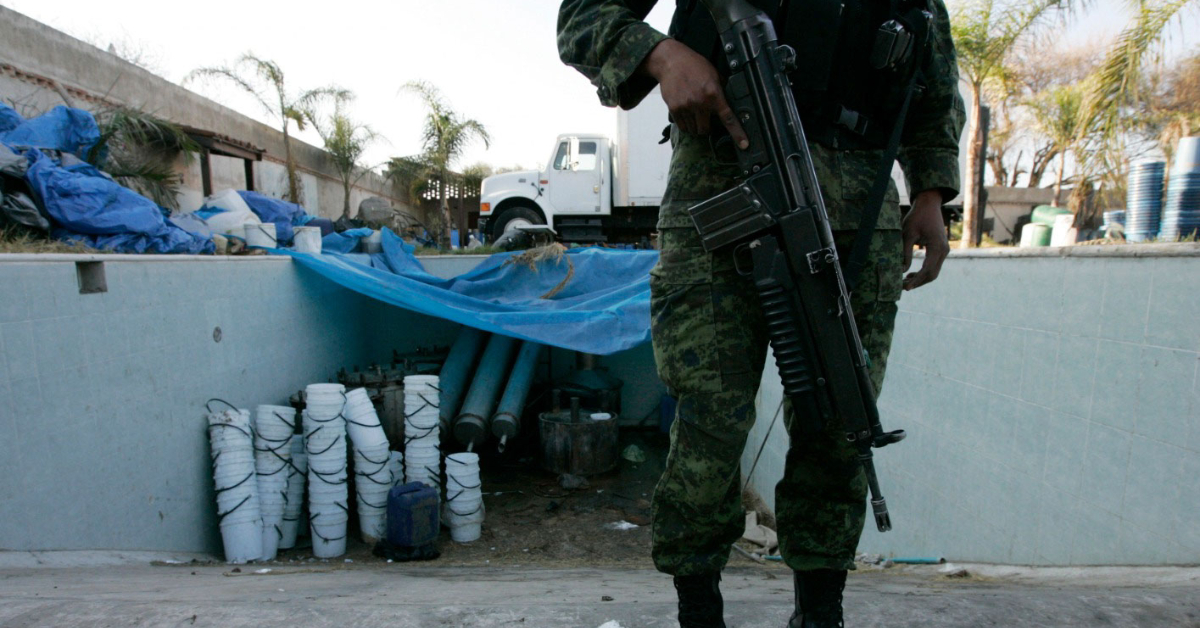The drug cartels in Mexico, together with the Chinese mafias, seek to take control of some seaports in the country in order to move billions of dollars in illicit goods, from drugs, such as fentanyl, chemical precursors, and counterfeit products heading to the United States, unveiled a report by the International Coalition Against Illicit Economies (ICAIE, for its acronym in English).
In its report "The dark side of illicit economies and trade-based money laundering: free zones, ports and financial havens," the non-governmental organization based in Washington, United States, highlighted that in Mexico alone, Chinese gangs . . .






